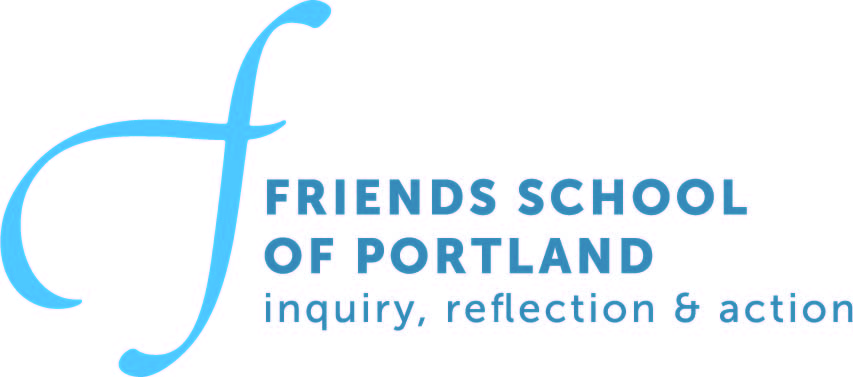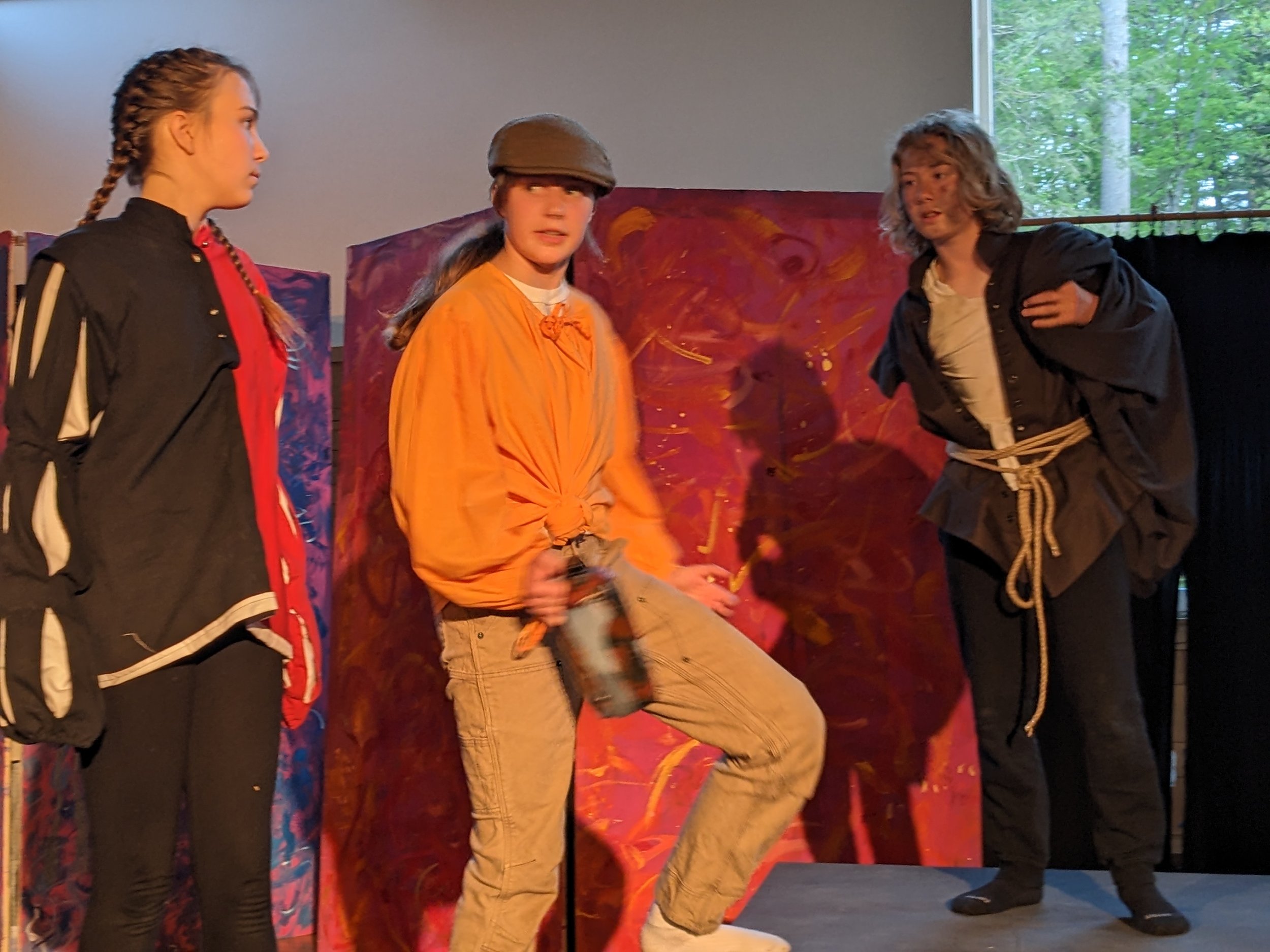The Quaker Life Committee (QLC) is a small group of board members, faculty and staff, and students that meet monthly to support Quakerism at Friends School. Among many aspects of Quakerism at FSP, the committee discusses ways to support and scaffold weekly all-school Meeting for Worship.
It is a common practice at Friends Schools across the world to choose a testimony a year to lift up. This year, the QLC recommended that we trial choosing a Quaker testimony pairing to delve into, school-wide. As a faculty and staff, we set aside time during a recent Friday staff meeting to discuss which pairing we might begin with. From that discussion, the testimonies that rose were Integrity and Community.
This focus on two testimonies does not mean that we won’t incorporate Peace, Stewardship, Simplicity, Equality, Truth, and Continuing Revelation into the classroom and school year. Rather, it allows us to lift up and more deeply concentrate on Integrity and Community. We look forward to what this experiment might bring to our school year!
Additionally, the work of the Quaker Life Committee this year will include the creation of a Faith + Practice book. Many Quaker Schools have a compilation of their Quaker practices, queries, and history. As a young school, we just received a grant from the Sue Thomas Turner Fund to create and compile our own. We took time to reflect on the question: How do we see Quaker testimonies in action at FSP?
Here are a few thoughts:
"I appreciate how the testimonies keep me grounded in both the "what" (the meaning of the testimony) and the "how" (the process or manifestation of the term). Discussing integrity WITH integrity; discussing simplicity in ways that dispense with complicated rumination."
"I think the Quaker testimonies tend to emerge when we aren't actively thinking about them -- especially in the numerous interactions each day when the bigger kids are taking time to really see the younger ones and vice versa."
"I see the testimonies as an important framing for the work that we do each day. And the ways that we show up as teachers, staff, students, and families."
"This morning, after the kids shared their identity project gallery, we gathered for our morning silence to start the day. Out of the silence, kids were asked to think about the experience of being seen and seeing others. It’s moments like these that I really feel like the Quaker testimonies are in action. Last year, it comes to mind, our essential question was around truth we really thought hard about how me maintain integrity within the science community linking that work to internal and external validity of data."
"I like looking at a single span of a week to see how the testimonies are alive at FSP. I picture them as a braided thread that tracks through the entire building. Similar to the string and nails in the identity sculptures on display this week, I see so many interconnections between and stories told in the overlaps and links."





































